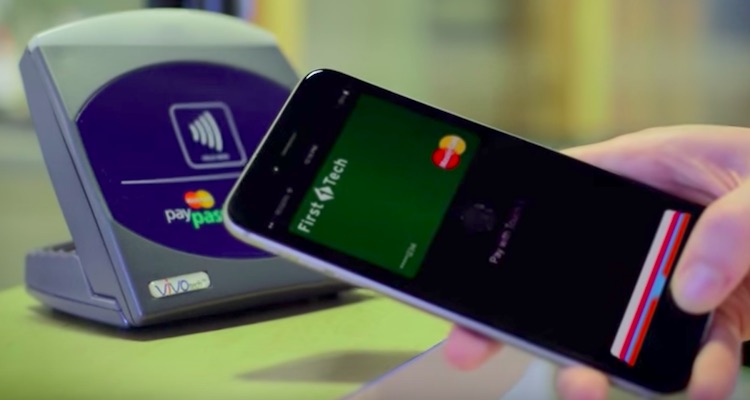The Customer Effect
How credit unions are embracing fintech to stay competitive
- As fintech startups and banks upgrade their customer experiences through technology, credit unions are fighting back through digital-centered customer services.
- Some credit unions have amped up their technological offerings to stay competitive.








